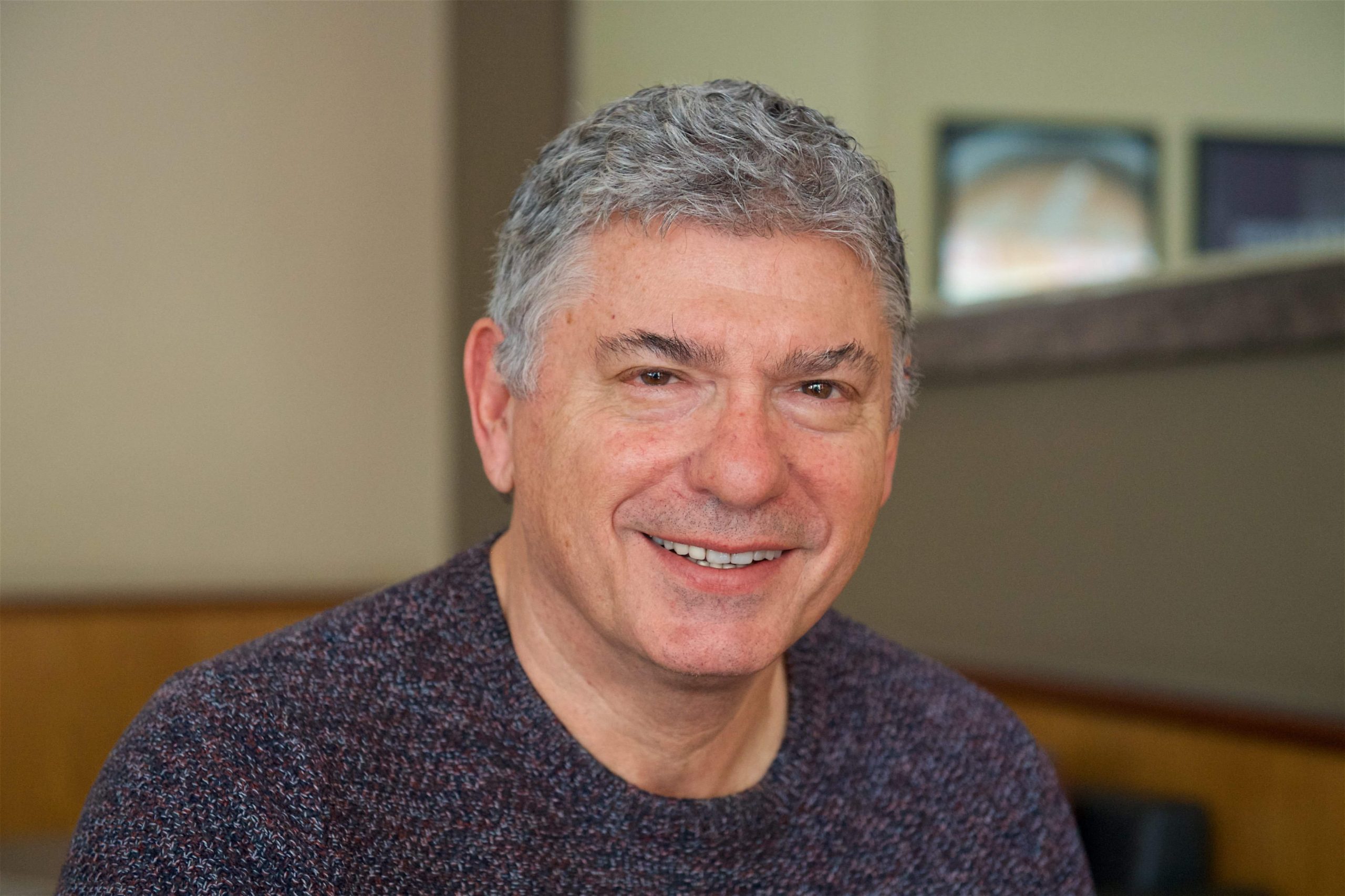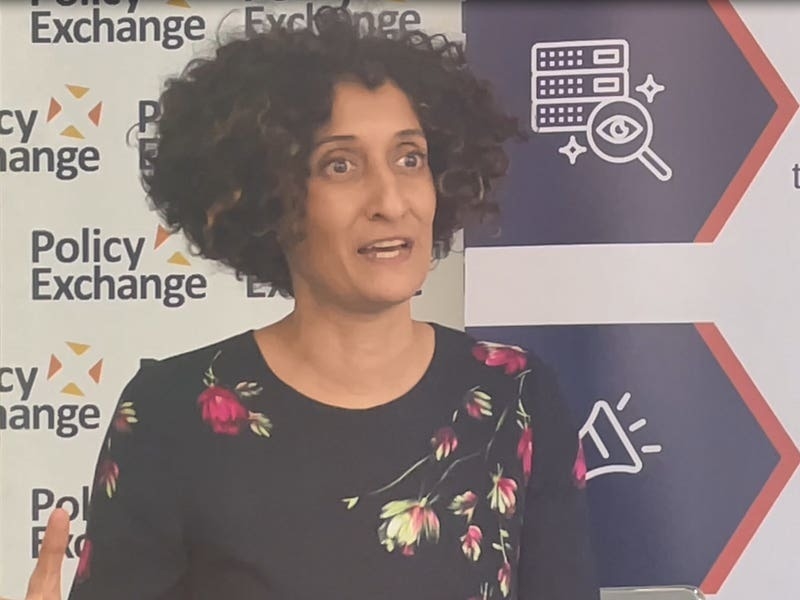By Dennis Sale
We understand life through stories, as they structure beliefs about significant things in our world. Myths are typically stories that have been around a long time and have become part of tradition in that cultural context. Often myths have a factual basis, others are pure fiction, but for those who believe them, they are real in their consequences. Myths can be inspiring, as in the Greek myth of Hercules, playful as in the ‘tooth fairy’ or reflecting our basic fears – do you remember the ‘bogeyman’?
However, the focus of this article is on educational myths, not as scary as the bogeyman but more detrimental to learning and teaching, and certainly a waste of time and resources.
Firstly, for the longer-term readers of my column, you may remember a full article on learning styles and why such notions are not useful – even detrimental – to learning. Learning styles was one of the most significant and long-standing of the educational myths. Apart from having no substantive evidence-base, the myth supported a multi-million-pound industry in professional development activities for teachers. For new readers, you can access this article on my LinkedIn or through the Resources section on my website dennissale.com.
Another equally worrying prevalent myth is the notion that the teacher’s role is no more ‘the sage on the stage’ but ‘the guide on the side’. Embedded in this so-called reframing of teaching is that teacher talk is less important, and that students should be discovering knowledge by themselves. Certainly, long periods of teacher talk, especially if voice tone is monotonous, and the content is mundane and disconnected, constitutes poor practice. Equally, we want students to become self-directed learners and be able to learn independently. However, there is much important evidence-based detail to fill in here.
Simply getting students to do activities may be engaging – at least at the behavioural level – but this does not mean that they are effectively learning what is intended. Active learning methods must be aligned to desired learning outcomes and get students thinking about the key concepts to be learned. It’s the thinking that does the work in building understanding – forming neurologically-based mental models in long-term memory. Equally, it cannot be assumed that students listening to a well-constituted lecture, with clear concise explanation of key concepts, illustrated with interesting real-life examples (and non-examples), striking stories and good visuals, does not get students engaged at both cognitive and emotional levels – which are more important for learning than simply behavioural engagement.
What is important is that any effective instructional strategy must have a well-structured blend of appropriate methods and activities designed to meet the learning outcomes for the specific student group. The planning decisions for the design and facilitation of the lesson/session should be based on how people learn best and what are the most effective methods rather than a naïve framing of it being teacher-centred-versus student-centred.
Indeed, while a long and disorganised lecture with a monotonous voice tone can be labelled a ‘sin of teaching’, so, in the same vein of thinking, this can be applied to activity for activity’s sake.
Other myths are that young people today can multi-task and are more able to learn technology quicker. For example, Prensky (2001) a best-selling author and futurist, referred to this generation as ‘digital natives’, whereas us older folk, are supposedly ‘digital immigrants’. You can work out the analogy, but is this true?
The evidence for both of these assertions, from a cognitive science perspective, would suggest not, Hattie and Yates (2014), leading writers in the field, pointed out:
‘The central problem with the digital native theory is that it is advanced in the absence of any known database… In its raw form, the digital native theory has to be seen as considerably overstated and incorrect. Human capabilities are not as flexible or tied to experience as this theory might suggest.’
The same is true of students today being able to multi-task – again the evidence is negative. The notion that the brain can genuinely do two things at once is widely recognised to have no serious validity.
Yes, we can make a cup of coffee and listen to the radio at the same time. However, there is an evidence-base for making driving a car and talking on a handphone at the same a criminal offence. The whole notion that students today are significantly different in terms of how they learn from previous generations makes no sense in terms of human evolution. It is unlikely that brain functioning, despite the arguments for brain neuroplasticity, could have undergone such systemic neurological change so quickly. Hence, any noted changes in student behaviour are most likely to be superficial and the result of socialisation in certain modern cultures.
However, of both interest and pedagogical usefulness is that the planned changing of tasks before the completion of any one single task – what is known as interleaving – does help to learn in the overall practice process (eg Lang, 2016). Interleaving refers to the practice of spending some time learning one thing and then pausing to concentrate on learning a second thing before having quite mastered that first thing, and then returning to the first thing, and then moving on to a third thing, and then returning to the second thing, and so forth.
Interleaving utilises the brain’s sub/unconscious processing in terms of how our memory systems work, especially the relationship between working memory and long-term memory. Not sure how this works in detail? ‘No worries,’ as they say in Australia, this is my sole focus in the next post.
Furthermore, the planned switching and checking of progress in activities also reduces habituation (ie, attention disengagement/loss of interest in an activity) in the tasks being done – factors that typically creep in when staying with a single task for too long. I learned this from experience in writing books. My best strategy was to keep moving the chapters along, bit by bit. Once I felt bogged down or simply bored working on a chapter, I would have a rewarding break (eg, go to the gym, play pool), then have a go at another chapter, and continue in this vein henceforth.
Yes, there are more educational myths, but I’ll apply the interleaving principle – write about these further down the line, with the appropriate memory refreshment.
-
Dennis Sale worked in the Singapore education system for 25 years as adviser, researcher and examiner. He coached over 15,000 teaching professionals and provided 100-plus consultancies in the Asian region. Dennis is author of the books Creative Teachers: Self-directed Learners (Springer 2020) and Creative Teaching: An Evidence-Based Approach (Springer, 2015). To contact Dennis, visit dennissale.com.






